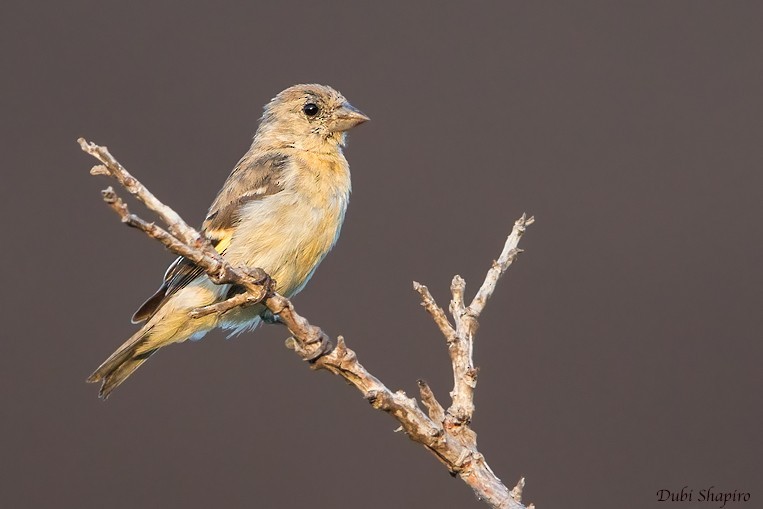Red Siskin
A species of Siskins and new world goldfinches Scientific name : Spinus cucullatus Genus : Siskins and new world goldfinches
Red Siskin, A species of Siskins and new world goldfinches
Botanical name: Spinus cucullatus
Genus: Siskins and new world goldfinches
Content
Description General Info
 Photo By Dubi Shapiro
Photo By Dubi Shapiro Description
The red siskin is about 10 cm long. The male is mainly deep red, with black on the head, throat, flight feathers and tail tip, and a whitish lower belly and under tail. The female is grey on the head, breast, and upper parts, apart from a red rump and upper tail. The breast is grey with reddish flanks, and the rest of the underparts, the wings and tail resemble the corresponding areas of the male. Immature females are paler than the adults, and immature males are brown rather than red. 
Size
11 cm
Life Expectancy
4–9 years
Nest Placement
Shrub
Feeding Habits
Red Siskin predominantly feeds on various grass, shrub, and tree seeds, including those of Cordia and Trixis. They consume berries, various fruits, nectar, some insects, and occasionally prey upon small insects. Red Siskin's foraging behavior often involves gleaning food from plants and the ground.
Habitat
The red Siskin predominantly resides in lowland and foothill regions characterized by dry deciduous woodland and open country. This species thrives at the edges of evergreen forests, inhabits scrub, and is often found in grasslands with occasional trees. Its preferred elevation range is from 100 to 1500 meters above sea level. While red Siskin can be seen in Trachypogon-Curatella savannas in certain areas, it generally favors more humid foothill environments over extensive dry savanna regions.
Dite type
Granivorous
General Info
Feeding Habits
Bird food type
Species Status
The red siskin is listed as endangered by the IUCN Red List and nationally critically endangered in Venezuela. It is listed on CITES Appendix I. The greatest threat to the species has been intense illegal trapping for the bird trade since the 1940s, however the species also faces extensive habitat loss. Some hope has been given to this highly endangered species by the discovery in 2003 of a population of several thousand birds in southern Guyana, 1000 km from any previously known colony. Otherwise, the world population is believed to be between 600-6,000 pairs. Researchers at the Smithsonian Conservation Biology Institute lead a program, the Red Siskin Initiative, with the goals of uncovering more about this species and preventing its extinction. The National Aviary in Pittsburgh, PA has a captive breeding program for the species. 

 Photo By Dubi Shapiro
Photo By Dubi Shapiro